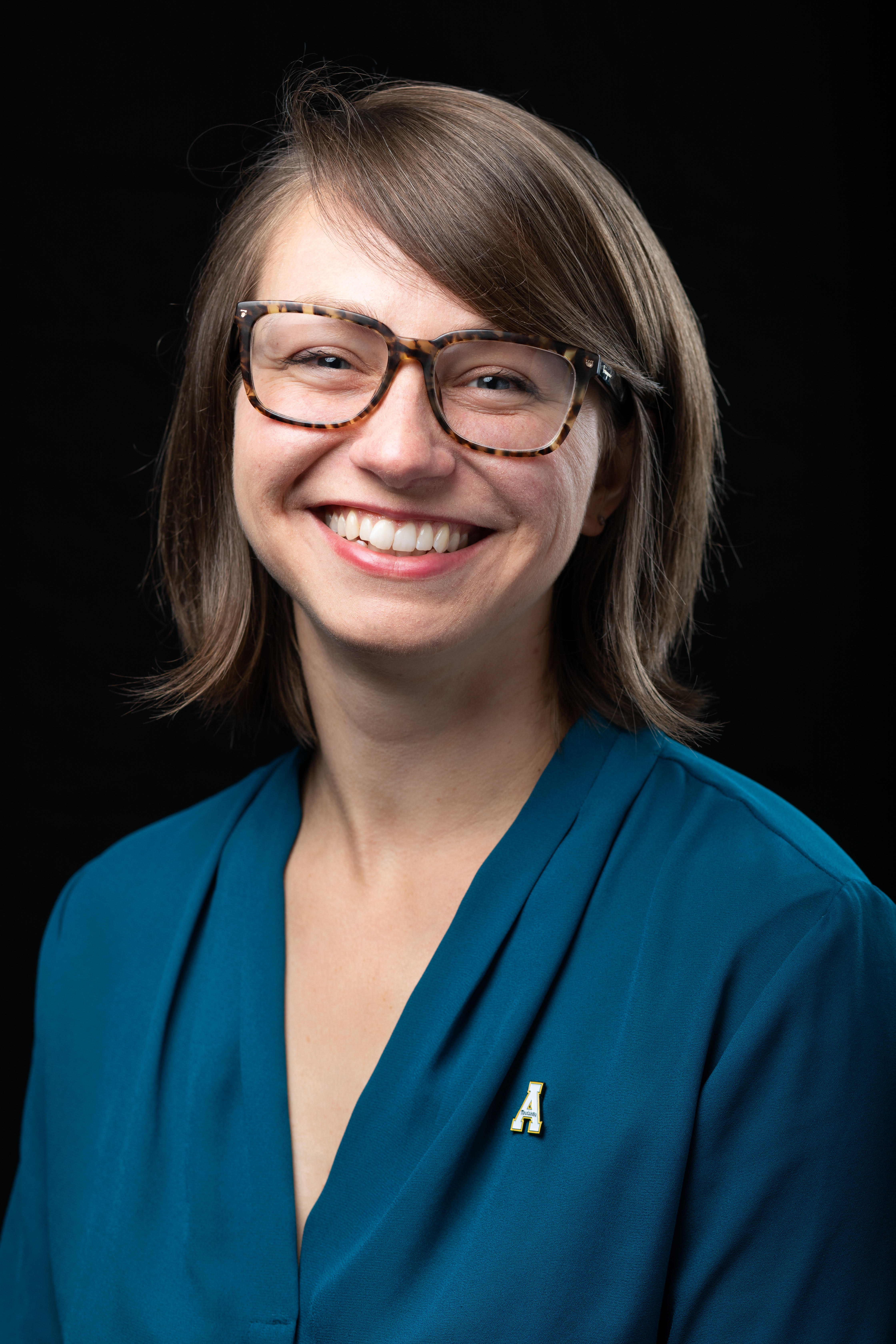How can a university bring the community together through its research activities while also keeping student learning at the forefront? For Arkansas State University, these goals are accomplished through internal awards and various symposia specifically for undergraduate students.
Their standout program, Create @ State, is a year-long adventure where students team up with faculty mentors to dive into research and creative projects. It all wraps up with a fun 2-day event featuring poster presentations and performances. The judges, who are alumni (including past Create @ State winners), community leaders, and industry partners, check out the entries online before joining the on-campus festivities. Projects are sorted by discipline, covering everything from basic science and business pitches to arts performances and humanities exhibits.
-
Use your resources
Emily teams up with her colleagues in development and community engagement to bring judges on board for the program:
“Smart resourcing includes leveraging of campus expertise. We couldn’t do it alone in our research office.” -
Have a one-stop shop
Students, faculty, and staff know that InfoReady is the place to go for all research development programs.
“You need one site for communication and opportunity searches...whether it is to submit to competitions or register for events that you manage.” -
Simplify the application form
“Students and community partners will start to shy away from complicated and manual processes.”
The Create @ State application includes questions relevant for judges and administrators facilitating the symposium. The review form is structured to gather constructive feedback that can then be shared with students after the event. -
Prep your judges
A few weeks before the symposium, assign judges as reviewers to the appropriate applications so they can review the materials before coming to campus.
“We assign the judges in bulk so that they get one email with the abstracts that they’ve been assigned to, along with an upload of the judging rubric and judging form.” -
Make multipurpose notifications
As applications are accepted, add language to the email message so students can use it for excused absence approval for the symposium. During decision time, include reviewers’ feedback in both the award and reject notifications to share constructive criticism.
“[Notifications have] provided more purposeful assessment for student learning objectives, as it eliminates the administrative burden of having to manually send feedback...and the students are able to access it in real time. -
Dive in to your data
As Emily notes, “We all know how manual reporting can be a burden.”
Having a single repository for research activity with the ability to download multiple reports allows for comparative and formative assessment year after year. Having this data easily accessible can help justify funding increases and program enhancements that benefit students.





